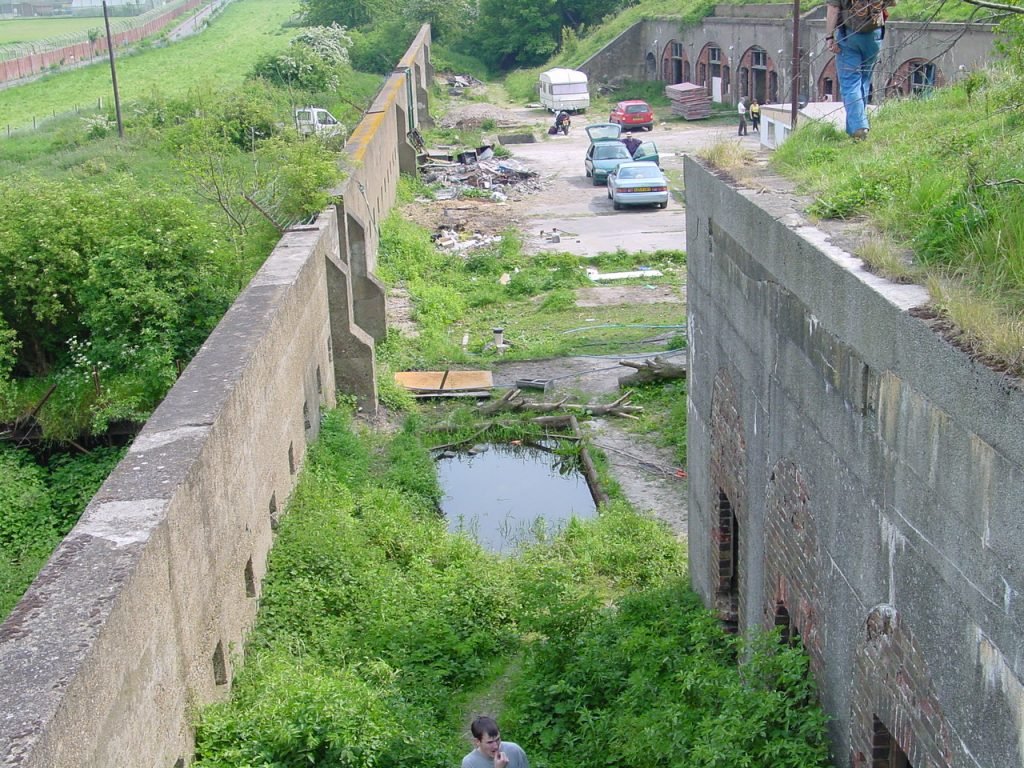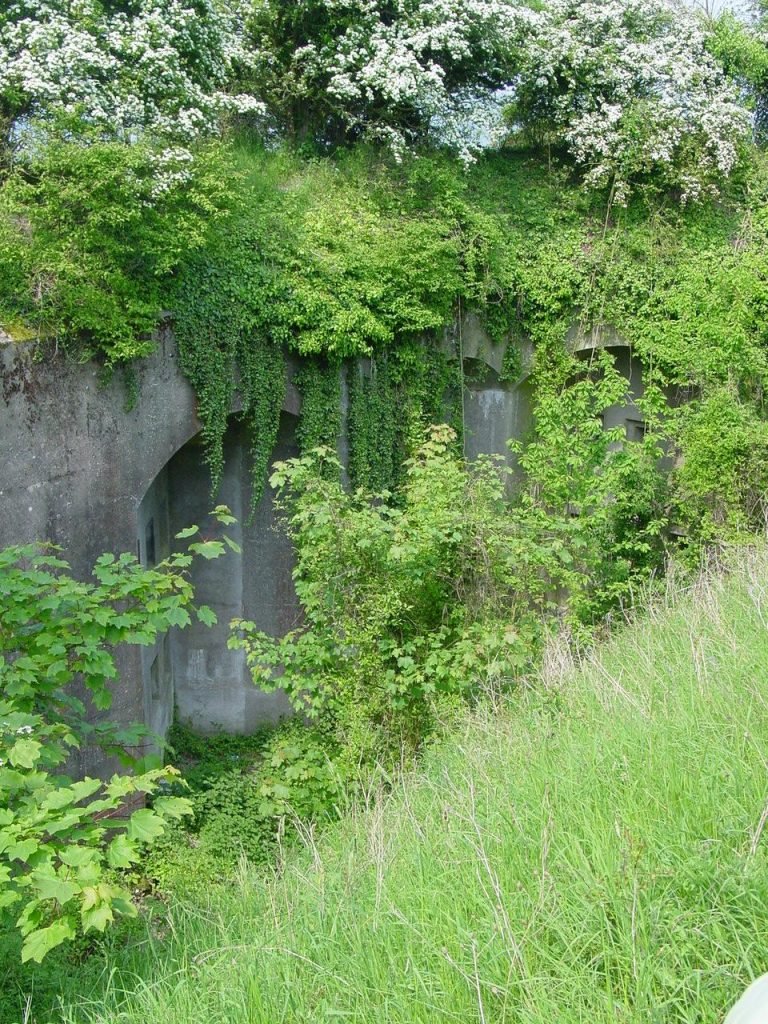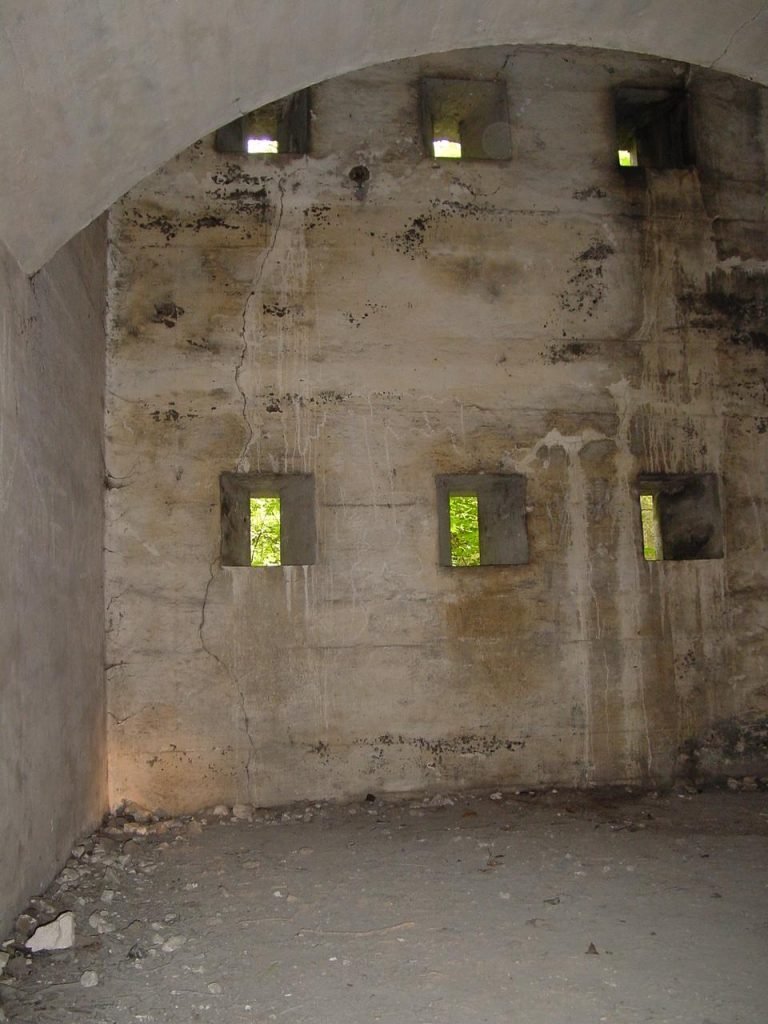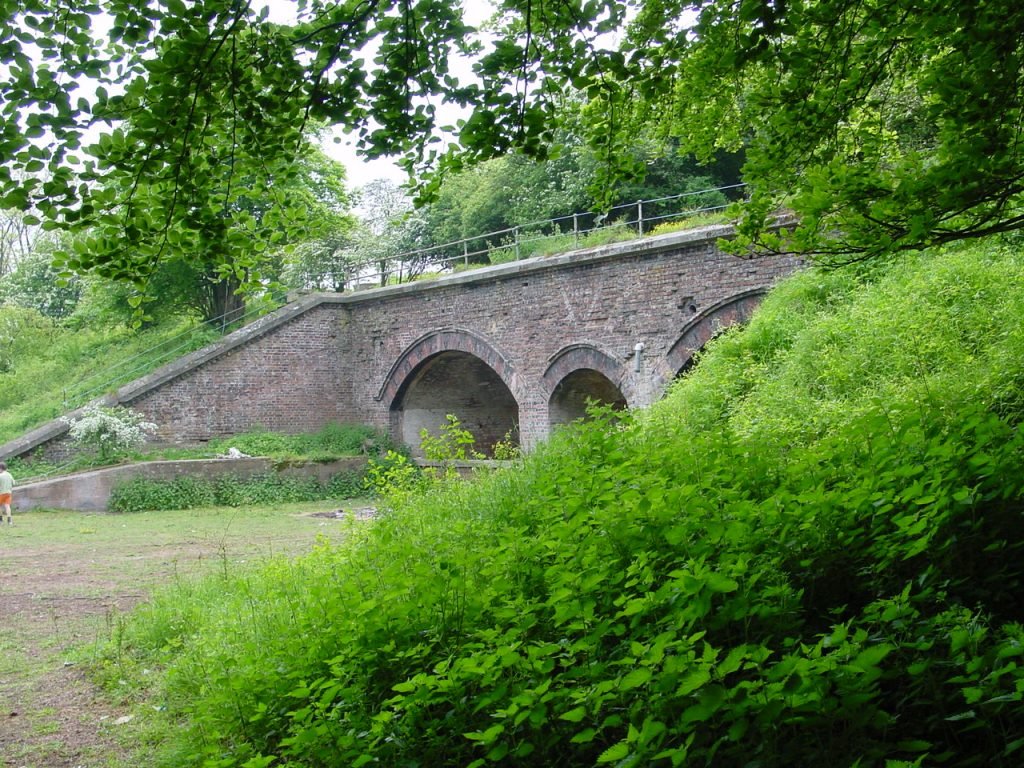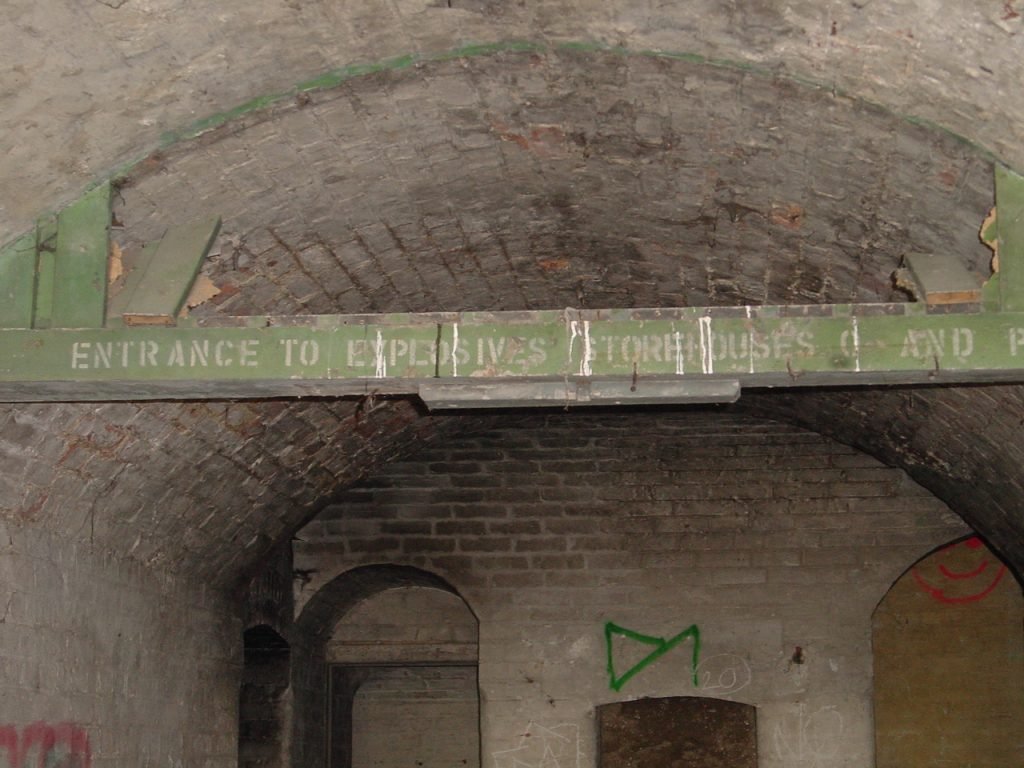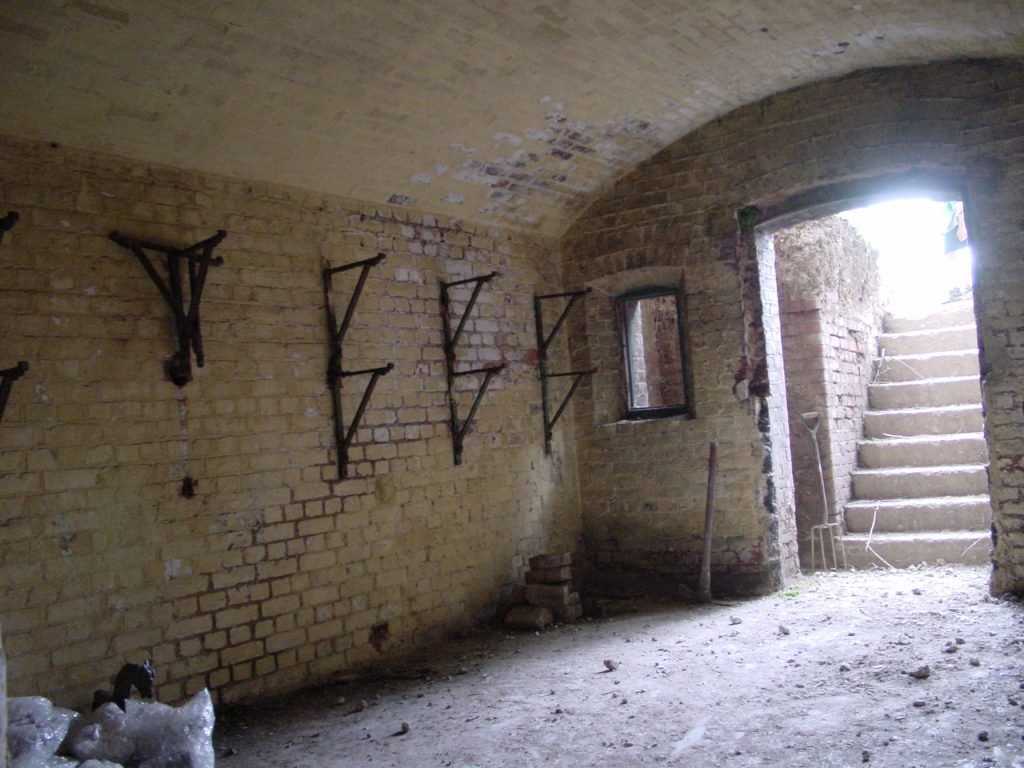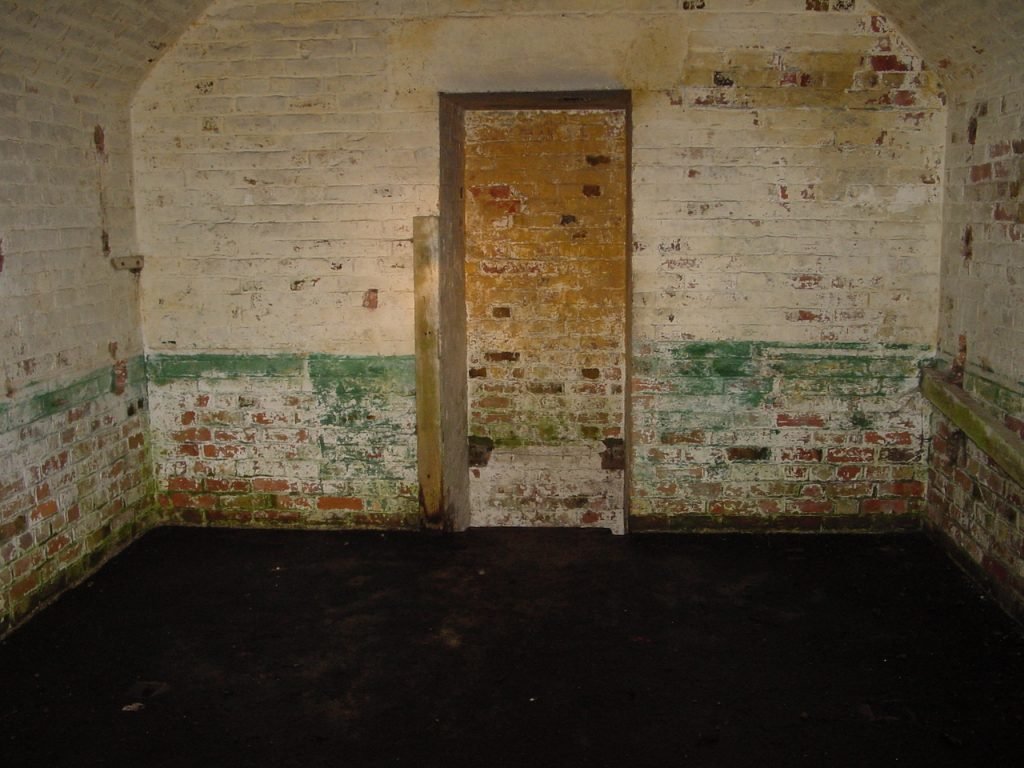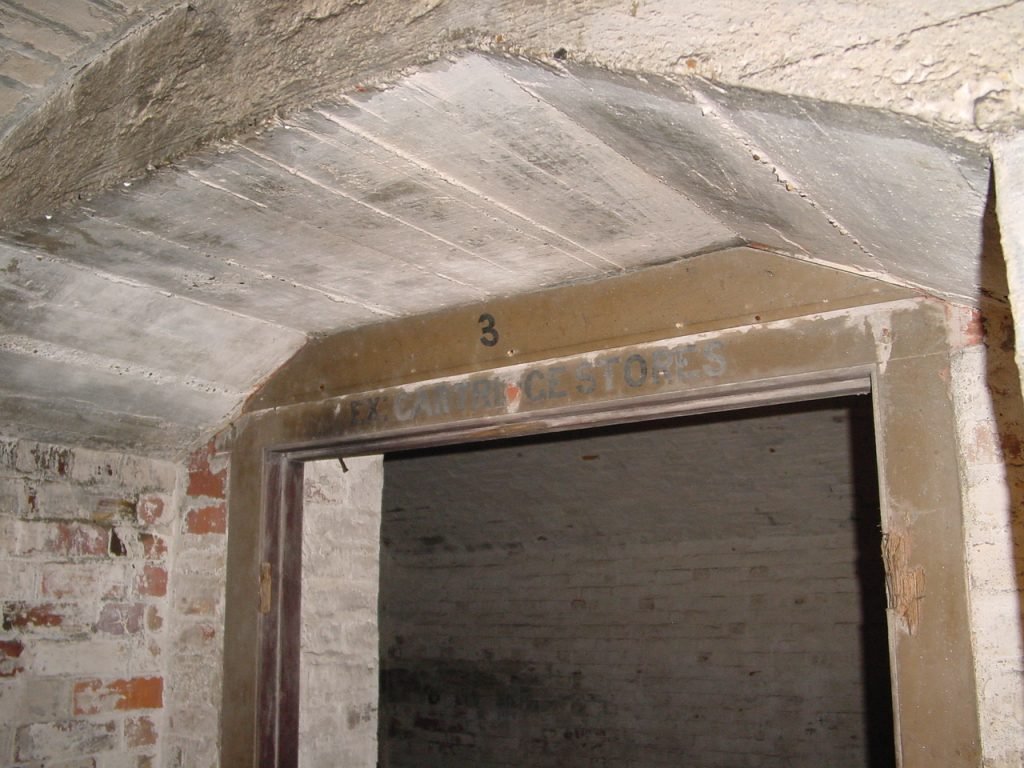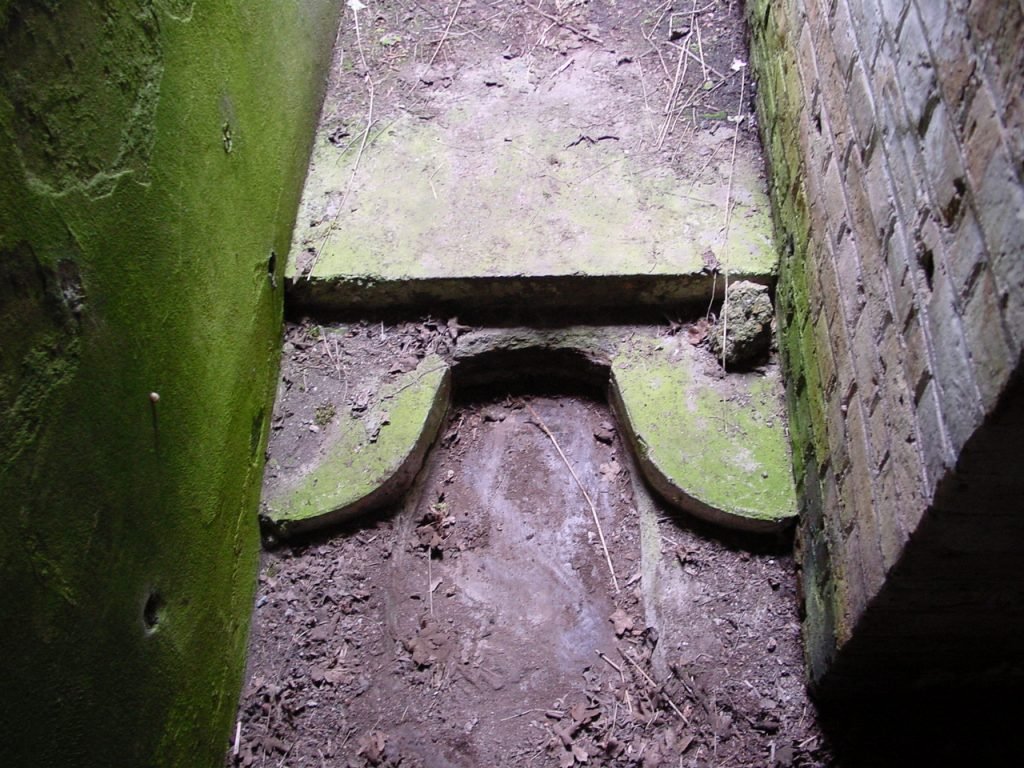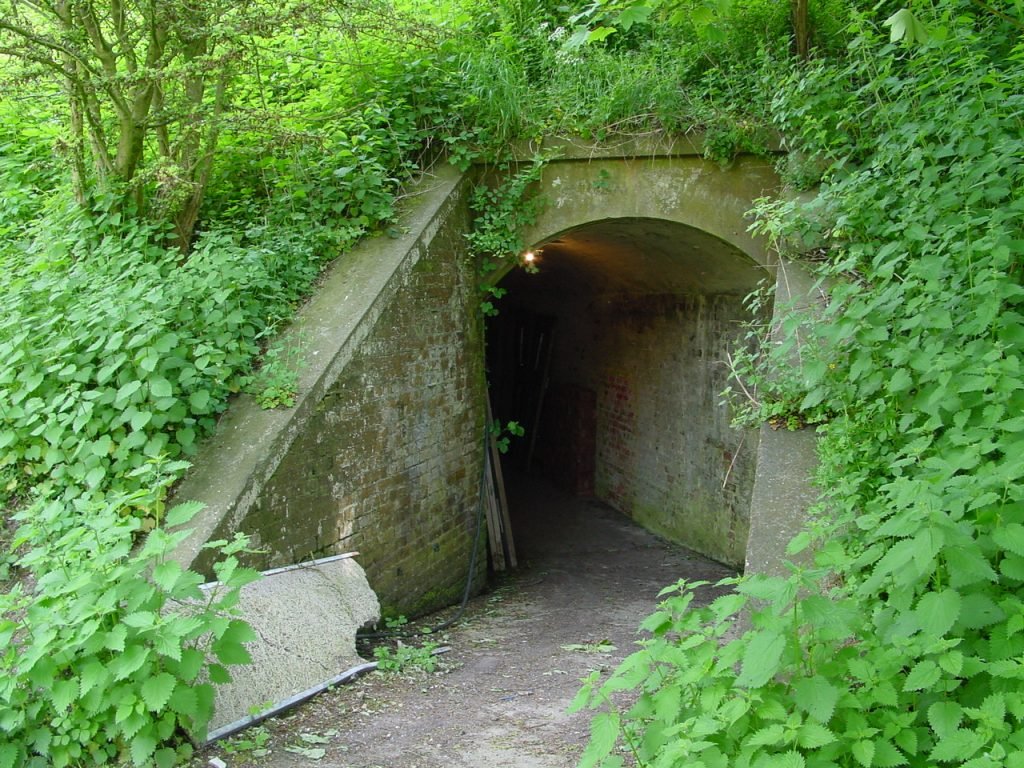Fort Borstal
Fort Borstal forms part of the Chatham Outer Ring of defences, along with with forts Horsted, Luton and Darland and the Twydall Redoubts. It was constructed by prisoners from the nearby prison at Borstal but progress was slow. Although the land was purchased in 1870, construction did not begin until 1875, and fort Borstal itself was not completed until the mid 1890’s.
Fort Borstal is polygonal in shape and made mostly of concrete. It was surrounded by a dry ditch which was defended by firing galleries and a caponier to the rear of the ditch.. At the back of the fort itself a loopholed wall provides further protection. This wall is still clearly visible today. At the time of construction, access to the fort would have been via a roller bridge, the remains of which are still visible.
Inside the fort is a row of casemates to the rear. Immediately to the left of the entrance are rooms that would have been used for officers and administrative use. To the right of the entrance are magazines and reservoirs. On the terreplein are 3 ammunition serving rooms with their associated expense magazines directly below them.
During the two world wars fort Borstal was used for training, and during the second world war it saw use as a heavy AA site. AA gunners remained at the fort until 1957. After that the Home Office took over use of the fort and used it alongside the Borstal Institute. It was sold in 1990 with plans to restore the fort and open it as a tourist attraction. Unfortunately planning problems have prevented this project coming to fruition.
Plan
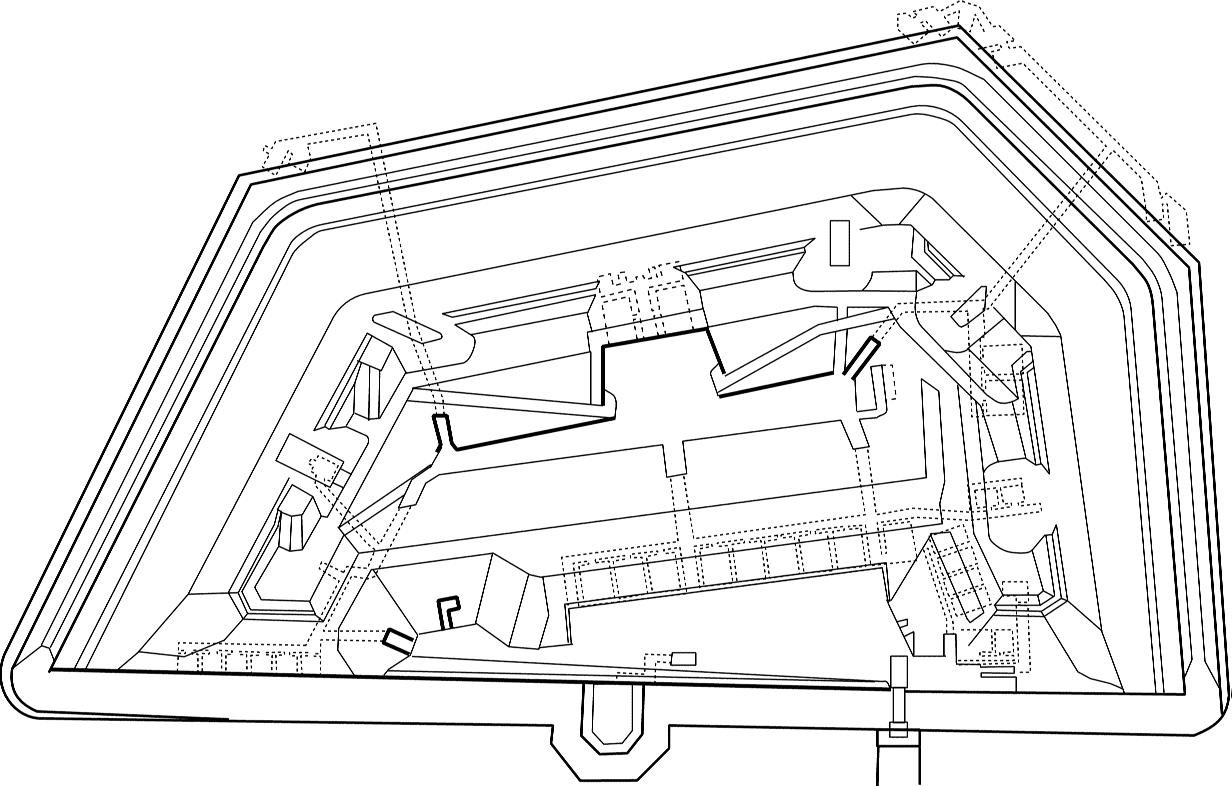
Location: Medway
Condition: Good
Date Of Visit: 26/05/01
